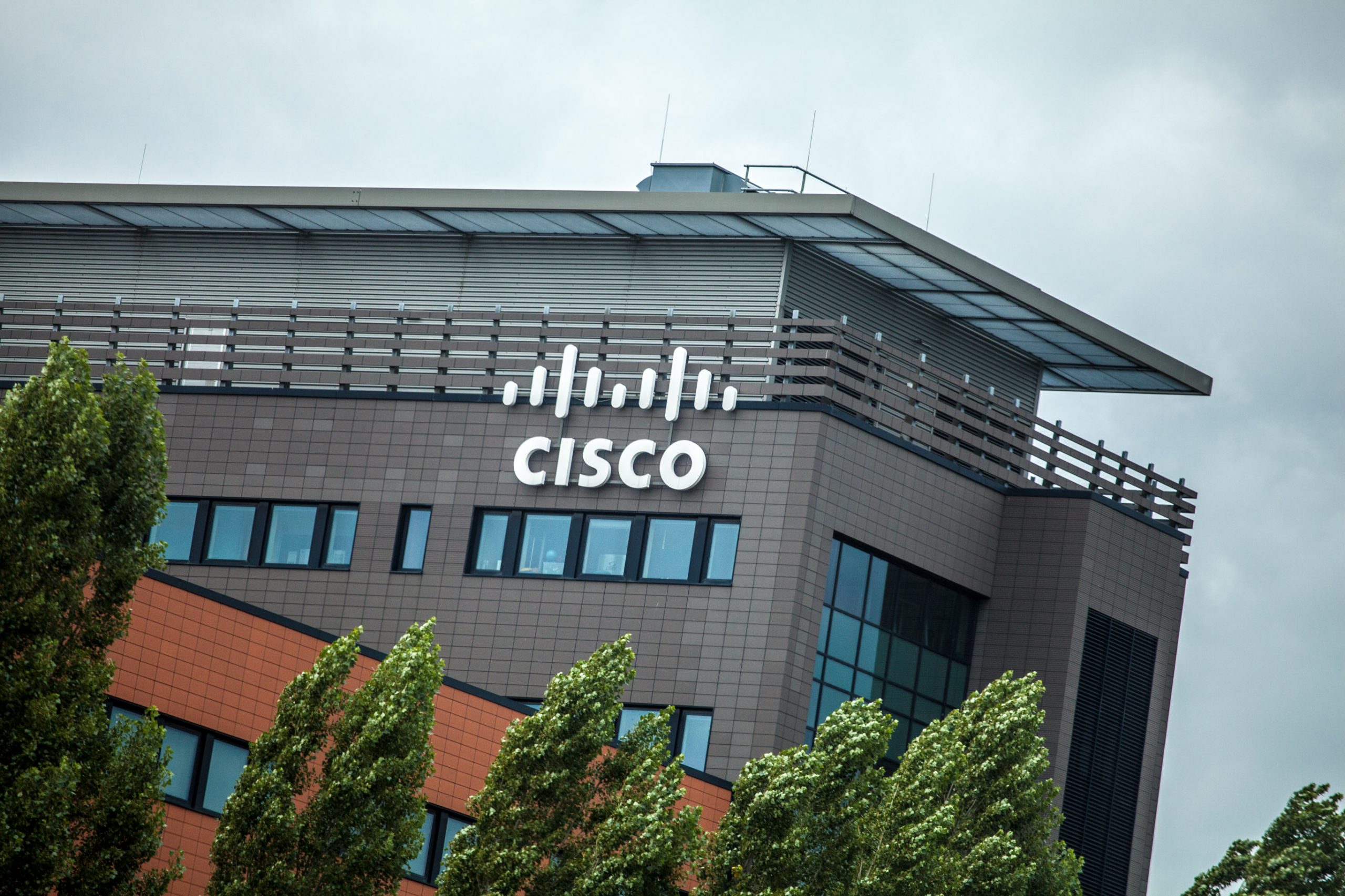TECHNOLOGY
Solving The Biggest Problems Of Big Data

Your business must have the technology, personnel, and knowledge to capture accurate, complete, and consistent data before using it for analytics and research.
A failure to do this represents one of the more prominent big data problems.
In today’s hyper-digitized world, data is a more powerful resource than money, oil and weaponry. The biggest organizations in the world, such as Google, Facebook, Amazon, collect and monetize data from various sources for a variety of purposes. Data serves as the key ingredient in such organizations’ success recipes. It is also the fuel that runs smart cities around the world. Data includes dynamic details such as consumer purchase records, location-based details, connected car information, social media posts, images captured by automated CCTV cameras in smart cities, and many, many more examples. Such endlessly growing and evolving data—which traditional computers can’t process—is exhaustively termed as big data in data science speak. Theoretically, nobody has ownership over big data as its scope is literally limitless. Big data includes all the collected and collectible data that exists in the world. Although it has always existed, using it as a resource is a concept that has taken flight only recently. So, what exactly are big data problems?
Generally, big data problems have little to do with data itself and more to do with how organizations and governments collect and handle data. Because it is such a powerful resource if you have the technology to harness it, not exploiting big data to the fullest represents a massive opportunity loss for your business. The focus here will be on arguably the biggest big data problem—bad data:

How Bad Data Affects Analytics

Today’s businesses rely heavily on real-time data collection or generation for many of their operations. About 80% of all global businesses today have a specialized analytics division for analyzing the vast amounts of data captured. Organizations invest millions of dollars every year in software applications, cloud computing and machine learning-based tools to store and process the data collected from various sources. However, all the investment and effort will be nullified if the data collected is “bad”. After all, big data analytics is driven by the philosophy of “garbage in, garbage out.” Bad data is a term that is loosely used to classify data that is incomplete, inaccurate, duplicated or lacking in consistency. Raw collected data generally tends to have several quality issues like these. Some examples of these are incomplete blood sugar data in digitized diabetes care, accidental punctuation marks in text-based data, format-based inconsistencies in the data collected from smart cities, among others.
If left unchecked, bad data can create bottleneck situations when it is used for analytics or training AI models. Bad data is one of the common causes of biased and discriminatory AI algorithms too. Here are some of the reasons why bad data is one of the more prominent big data problems:
1. Results in Misleading Insights
Businesses implement various analytical tools to draw insights from large amounts of data. However, errors can creep into such insights if duplicated data is collected. For example, when data collected from 20 different locations are duplicated, the processed output may imply that there are 40 distinctive data points. If you magnify this example exponentially to include millions of data points and duplicates, the insights drawn from that data will be inaccurate on a similar scale for businesses.
2. Results in Huge Correctional Expenses
A 2017 Gartner Data Quality Market Survey had found that poor data quality results in businesses incurring losses of up to US$15 million on average. It is safe to assume that the losses have doubled or even quadrupled in subsequent years as more than 90% of data in circulation today has been generated in the past two years alone. Inevitably, a good chunk of this data may contain inconsistencies, inaccuracies and duplication.
3. Results in Data Unreliability
As you know, data needs to be continuously captured from multiple sources for businesses or smart cities. After that, the collected data may be transmitted over long distances. During transmission, the loss of data integrity through contamination is always a possibility. Incorrect or duplicated information is not reliable for forecasting and future-bound decision-making for organizations and governments.
How Bad Data Can Be Fixed

Quality issues need to be ironed out before your business can run analytics to use the captured data. If your business regularly faces issues with data quality, consistency and completeness, here are some measures that can be adopted to resolve them:
4. Verifying the Data at Source
A large percentage of quality issues are generated at the sources where data is collected or generated from. So, such issues can be mitigated by “cleansing” the original sources. This process involves putting the freshly collected data through a round of verification to check its correctness and completeness. Normally, a good chunk of big data problems can be resolved if corrupted and low-quality data is blocked at the source.
5. Fixing Quality Issues at the ETL Phase
Customer data that is collected at various sources goes through an Extract, Transform and Load (ETL) phase before businesses can perform analytics using it. Your business can employ tools and applications that can “find and fix” the quality issues at this stage before the data goes into storage databases.
6. Using Precision Identity/Entity Resolution
This can be considered to be the most powerful measure to fix data quality issues. One of the more common marketing-related issues with customer records and databases in organizations is that the identity or residential location of customers may not be verified. So, customers living in the same household or multiple records of the same customer are stored in such databases. As a result, the same customers or households may receive the same marketing information multiple times. This duplication can be prevented by using a precision identity/entity resolution to identify such customers or households where more than one email or other forms of notification or information will not be sent.
How Other Big Data Problems Can Be Resolved

As you can see, data quality issues can be largely resolved by collecting data accurately before putting it through rounds of verification. Therefore, bad data, while one of the most common big data problems, is also something that can be reduced or even eliminated.
7. The Choice Paradox
In a data science-obsessed ecosystem, data analytics throws up several options for businesses regarding forecasts and decision-making. Generally, each forecast will have its pros and cons. This introduces issues in decision-making to minimize the opportunity losses caused due to not selecting an alternative option. Businesses can employ a CTO or seek the services of a consultancy firm to assist them with decision-making in such instances.
8. The Data Breach Issue
Data security issues also thwart big data analytics implementation for businesses. Businesses need to handle and store data more carefully so that it is kept away from tampering and breaches. Additionally, businesses can also maintain backups of databases to mitigate the impact of breaches.
Most big data problems can be resolved or minimized by scaling up investment in technology. Generally, big data problems revolve around collecting, storing, analyzing and sharing data and drawing useful insights and conclusions from it. Big data forms the basis of all operations of organizations and smart city administrators. All intelligent technologies and networks—AI, IoT, computer vision—need big data for moving forward. Big data problems act as a major roadblock in the daily functioning of businesses and technologies. Unfortunately, big data problems are fairly common, too, with about 91% of businesses reporting that they have not reached truly transformational business intelligence levels.
Addressing the big data problems enlisted above and eliminating them has eventually become the next big target in the evolutionary journey of data science and AI.
Source link
TECHNOLOGY
Next-gen chips, Amazon Q, and speedy S3

AWS re:Invent, which has been taking place from November 27 and runs to December 1, has had its usual plethora of announcements: a total of 21 at time of print.
Perhaps not surprisingly, given the huge potential impact of generative AI – ChatGPT officially turns one year old today – a lot of focus has been on the AI side for AWS’ announcements, including a major partnership inked with NVIDIA across infrastructure, software, and services.
Yet there has been plenty more announced at the Las Vegas jamboree besides. Here, CloudTech rounds up the best of the rest:
Next-generation chips
This was the other major AI-focused announcement at re:Invent: the launch of two new chips, AWS Graviton4 and AWS Trainium2, for training and running AI and machine learning (ML) models, among other customer workloads. Graviton4 shapes up against its predecessor with 30% better compute performance, 50% more cores and 75% more memory bandwidth, while Trainium2 delivers up to four times faster training than before and will be able to be deployed in EC2 UltraClusters of up to 100,000 chips.
The EC2 UltraClusters are designed to ‘deliver the highest performance, most energy efficient AI model training infrastructure in the cloud’, as AWS puts it. With it, customers will be able to train large language models in ‘a fraction of the time’, as well as double energy efficiency.
As ever, AWS offers customers who are already utilising these tools. Databricks, Epic and SAP are among the companies cited as using the new AWS-designed chips.
Zero-ETL integrations
AWS announced new Amazon Aurora PostgreSQL, Amazon DynamoDB, and Amazon Relational Database Services (Amazon RDS) for MySQL integrations with Amazon Redshift, AWS’ cloud data warehouse. The zero-ETL integrations – eliminating the need to build ETL (extract, transform, load) data pipelines – make it easier to connect and analyse transactional data across various relational and non-relational databases in Amazon Redshift.
A simple example of how zero-ETL functions can be seen is in a hypothetical company which stores transactional data – time of transaction, items bought, where the transaction occurred – in a relational database, but use another analytics tool to analyse data in a non-relational database. To connect it all up, companies would previously have to construct ETL data pipelines which are a time and money sink.
The latest integrations “build on AWS’s zero-ETL foundation… so customers can quickly and easily connect all of their data, no matter where it lives,” the company said.
Amazon S3 Express One Zone
AWS announced the general availability of Amazon S3 Express One Zone, a new storage class purpose-built for customers’ most frequently-accessed data. Data access speed is up to 10 times faster and request costs up to 50% lower than standard S3. Companies can also opt to collocate their Amazon S3 Express One Zone data in the same availability zone as their compute resources.
Companies and partners who are using Amazon S3 Express One Zone include ChaosSearch, Cloudera, and Pinterest.
Amazon Q
A new product, and an interesting pivot, again with generative AI at its core. Amazon Q was announced as a ‘new type of generative AI-powered assistant’ which can be tailored to a customer’s business. “Customers can get fast, relevant answers to pressing questions, generate content, and take actions – all informed by a customer’s information repositories, code, and enterprise systems,” AWS added. The service also can assist companies building on AWS, as well as companies using AWS applications for business intelligence, contact centres, and supply chain management.
Customers cited as early adopters include Accenture, BMW and Wunderkind.
Want to learn more about cybersecurity and the cloud from industry leaders? Check out Cyber Security & Cloud Expo taking place in Amsterdam, California, and London. Explore other upcoming enterprise technology events and webinars powered by TechForge here.
TECHNOLOGY
HCLTech and Cisco create collaborative hybrid workplaces

Digital comms specialist Cisco and global tech firm HCLTech have teamed up to launch Meeting-Rooms-as-a-Service (MRaaS).
Available on a subscription model, this solution modernises legacy meeting rooms and enables users to join meetings from any meeting solution provider using Webex devices.
The MRaaS solution helps enterprises simplify the design, implementation and maintenance of integrated meeting rooms, enabling seamless collaboration for their globally distributed hybrid workforces.
Rakshit Ghura, senior VP and Global head of digital workplace services, HCLTech, said: “MRaaS combines our consulting and managed services expertise with Cisco’s proficiency in Webex devices to change the way employees conceptualise, organise and interact in a collaborative environment for a modern hybrid work model.
“The common vision of our partnership is to elevate the collaboration experience at work and drive productivity through modern meeting rooms.”
Alexandra Zagury, VP of partner managed and as-a-Service Sales at Cisco, said: “Our partnership with HCLTech helps our clients transform their offices through cost-effective managed services that support the ongoing evolution of workspaces.
“As we reimagine the modern office, we are making it easier to support collaboration and productivity among workers, whether they are in the office or elsewhere.”
Cisco’s Webex collaboration devices harness the power of artificial intelligence to offer intuitive, seamless collaboration experiences, enabling meeting rooms with smart features such as meeting zones, intelligent people framing, optimised attendee audio and background noise removal, among others.
Want to learn more about cybersecurity and the cloud from industry leaders? Check out Cyber Security & Cloud Expo taking place in Amsterdam, California, and London. Explore other upcoming enterprise technology events and webinars powered by TechForge here.
TECHNOLOGY
Canonical releases low-touch private cloud MicroCloud

Canonical has announced the general availability of MicroCloud, a low-touch, open source cloud solution. MicroCloud is part of Canonical’s growing cloud infrastructure portfolio.
It is purpose-built for scalable clusters and edge deployments for all types of enterprises. It is designed with simplicity, security and automation in mind, minimising the time and effort to both deploy and maintain it. Conveniently, enterprise support for MicroCloud is offered as part of Canonical’s Ubuntu Pro subscription, with several support tiers available, and priced per node.
MicroClouds are optimised for repeatable and reliable remote deployments. A single command initiates the orchestration and clustering of various components with minimal involvement by the user, resulting in a fully functional cloud within minutes. This simplified deployment process significantly reduces the barrier to entry, putting a production-grade cloud at everyone’s fingertips.
Juan Manuel Ventura, head of architectures & technologies at Spindox, said: “Cloud computing is not only about technology, it’s the beating heart of any modern industrial transformation, driving agility and innovation. Our mission is to provide our customers with the most effective ways to innovate and bring value; having a complexity-free cloud infrastructure is one important piece of that puzzle. With MicroCloud, the focus shifts away from struggling with cloud operations to solving real business challenges” says
In addition to seamless deployment, MicroCloud prioritises security and ease of maintenance. All MicroCloud components are built with strict confinement for increased security, with over-the-air transactional updates that preserve data and roll back on errors automatically. Upgrades to newer versions are handled automatically and without downtime, with the mechanisms to hold or schedule them as needed.
With this approach, MicroCloud caters to both on-premise clouds but also edge deployments at remote locations, allowing organisations to use the same infrastructure primitives and services wherever they are needed. It is suitable for business-in-branch office locations or industrial use inside a factory, as well as distributed locations where the focus is on replicability and unattended operations.
Cedric Gegout, VP of product at Canonical, said: “As data becomes more distributed, the infrastructure has to follow. Cloud computing is now distributed, spanning across data centres, far and near edge computing appliances. MicroCloud is our answer to that.
“By packaging known infrastructure primitives in a portable and unattended way, we are delivering a simpler, more prescriptive cloud experience that makes zero-ops a reality for many Industries.“
MicroCloud’s lightweight architecture makes it usable on both commodity and high-end hardware, with several ways to further reduce its footprint depending on your workload needs. In addition to the standard Ubuntu Server or Desktop, MicroClouds can be run on Ubuntu Core – a lightweight OS optimised for the edge. With Ubuntu Core, MicroClouds are a perfect solution for far-edge locations with limited computing capabilities. Users can choose to run their workloads using Kubernetes or via system containers. System containers based on LXD behave similarly to traditional VMs but consume fewer resources while providing bare-metal performance.
Coupled with Canonical’s Ubuntu Pro + Support subscription, MicroCloud users can benefit from an enterprise-grade open source cloud solution that is fully supported and with better economics. An Ubuntu Pro subscription offers security maintenance for the broadest collection of open-source software available from a single vendor today. It covers over 30k packages with a consistent security maintenance commitment, and additional features such as kernel livepatch, systems management at scale, certified compliance and hardening profiles enabling easy adoption for enterprises. With per-node pricing and no hidden fees, customers can rest assured that their environment is secure and supported without the expensive price tag typically associated with cloud solutions.
Want to learn more about cybersecurity and the cloud from industry leaders? Check out Cyber Security & Cloud Expo taking place in Amsterdam, California, and London. Explore other upcoming enterprise technology events and webinars powered by TechForge here.
-

 SEO7 days ago
SEO7 days agoGoogle Limits News Links In California Over Proposed ‘Link Tax’ Law
-

 SEARCHENGINES6 days ago
SEARCHENGINES6 days agoGoogle Core Update Volatility, Helpful Content Update Gone, Dangerous Google Search Results & Google Ads Confusion
-

 SEO6 days ago
SEO6 days ago10 Paid Search & PPC Planning Best Practices
-

 MARKETING6 days ago
MARKETING6 days ago2 Ways to Take Back the Power in Your Business: Part 2
-

 MARKETING5 days ago
MARKETING5 days ago5 Psychological Tactics to Write Better Emails
-

 SEARCHENGINES5 days ago
SEARCHENGINES5 days agoWeekend Google Core Ranking Volatility
-

 PPC7 days ago
PPC7 days agoCritical Display Error in Brand Safety Metrics On Twitter/X Corrected
-

 MARKETING6 days ago
MARKETING6 days agoThe power of program management in martech














You must be logged in to post a comment Login